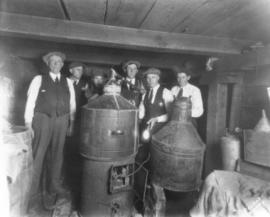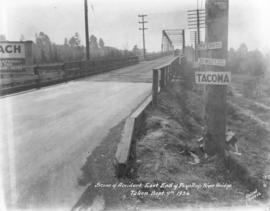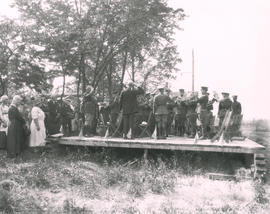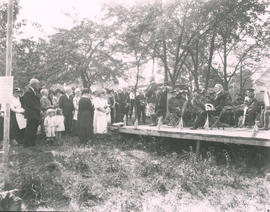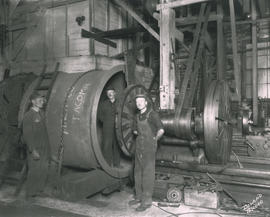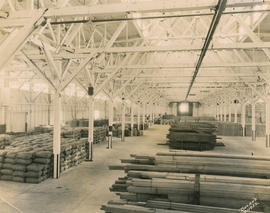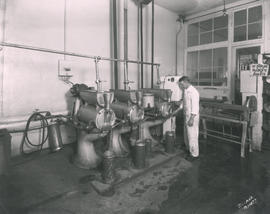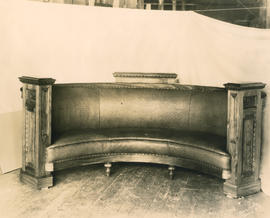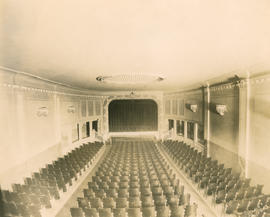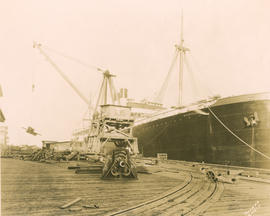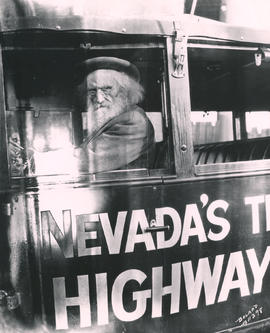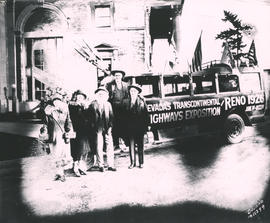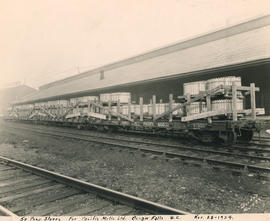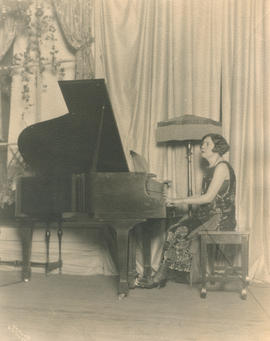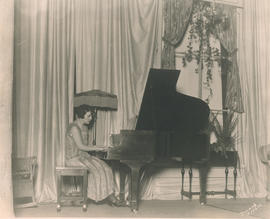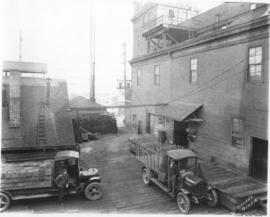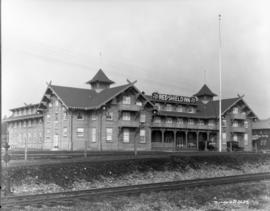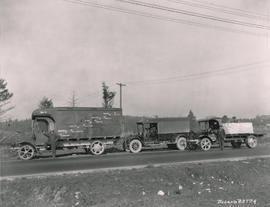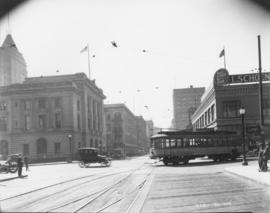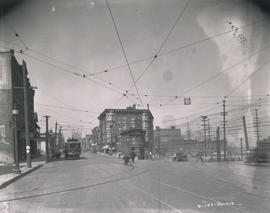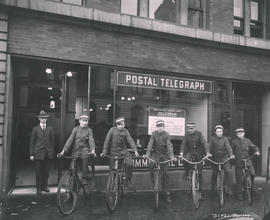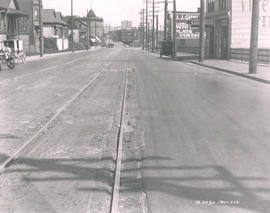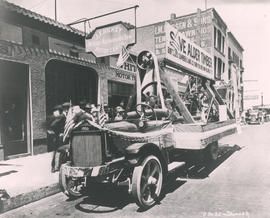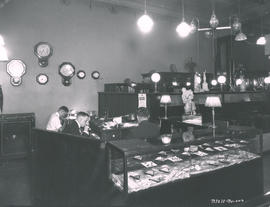- Item
- 1924-09-06
Part of Marvin Boland Photographs
On September 6, 1924 the Tacoma "Dry Squad" dug out an elaborately concealed illegal bootlegging operation that was hidden in a "cave" under the house at 7813 A Street. Two stills were found, each with a capacity of 50 gallons. One man was arrested and 200 gallons of finished moonshine seized. The Dry Squad members who took part in the raid were: (l to r) Captain Adam Wiley, R.C. Mowre, H.L. Phillips, William Farrar, William Blacksmith and W.H. Warren. The Dry Squad had been in business since May 15, 1923. (TDL 9-8-24, p. 1) TPL-9488; G24.1-078
Stills (Distilleries); Wiley, Adam; Mowre, R.C.; Phillips, H.L.; Farrar, William; Blacksmith, William; Warren, W.H.;
